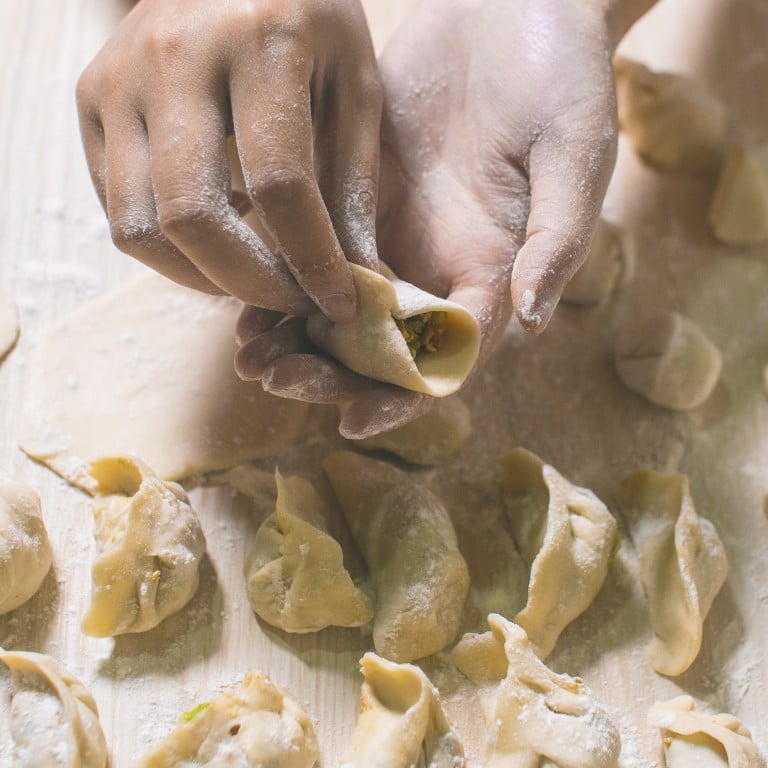
Explainer | The history of the dumpling: from ravioli to wonton to gyoza, why they all belong to the same food family
- Dumplings are eaten across Eurasia, but where were they invented? One theory has it that they came from the Middle East and spread out from there
- Support for this theory can be found in the similarity of the Turkic word for dumpling, mantu, and the Korean mandu, Greek manti and Chinese mantou
In Italy, people with a craving for wonton refer to them as ravioli cinesi, or “Chinese ravioli”, which is also how they are listed on the menus of Chinese restaurants in the country. And yet in Hong Kong, tortellini and ravioli are often described as Italian wonton.
Is this just because the stuffed dumplings look alike, or is there an ancient link and a common ground that straddles the line between history and myth?
There are infinite varieties of stuffed dough across the world, from Russian pelmeni to Nepalese and Tibetan momos, Japanese gyoza, Arabic samosa, Uzbek samsa and Korean mandu.
They vary in shape, size, and fillings – meat, seafood, vegetables, spices, mushrooms or fruit – and how they are prepared and eaten, whether in soup, fried, boiled, steamed or baked. They can be salty or sweet, served as a main course or dessert, eaten on their own or with a sauce.
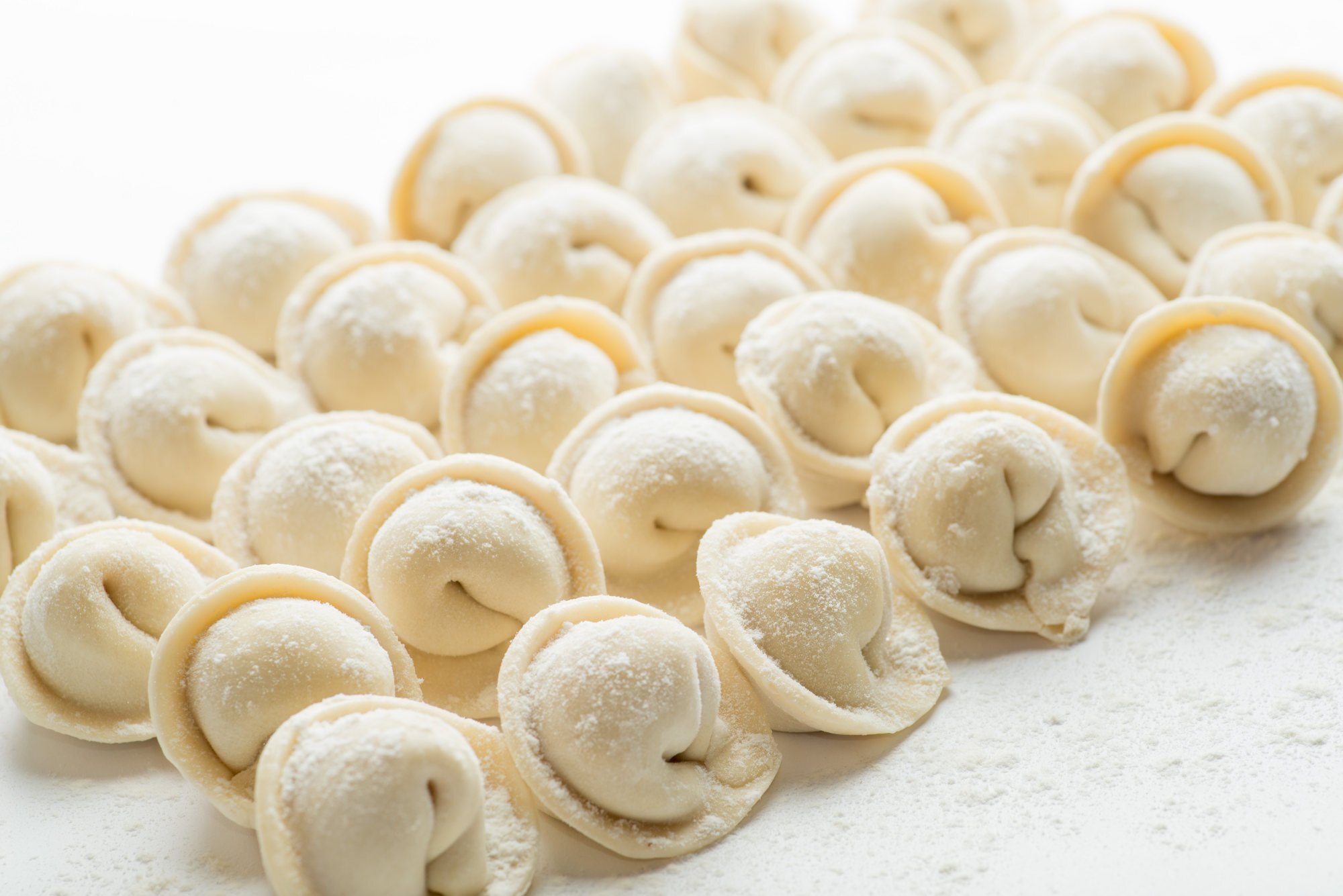
It is likely that the art of wrapping and pinching dough around a succulent morsel originated in the Middle East and Central Asia, then diverged, with one “flow” going towards the Mediterranean while the other spread east, creating two parallel food cultures.

Although this is just one of many scholarly theories and lacks empirical proof, were evidence to surface it could suggest Chinese dumplings aren’t 100 per cent Chinese but involve foreign influences.
Eugene Anderson, professor emeritus of anthropology at the University of California, Riverside, is a food and nutrition scholar who has written widely on China. Anderson traces the origins of stuffed to Central Asia and the migration from there of the Turkic peoples, a collection of ethnic groups whose members live everywhere from Turkey to Siberia to parts of China.
The Turks, who came from the region of the Altai where Mongolia, China and Russia meet, were a tribe associated with the Xianbei people, themselves related to the Mongols, who started conquering China in the early 4th century.
I’d wildly guess the dumplings were invented in the ancient Near East, but we have absolutely no clue. No records at all
“It certainly seems more and more clear that these stuffed dumplings were invented in the Middle East somewhere, and then picked up and spread everywhere by the Turkic but also by Iranic people and others”, says Anderson. He is the co-author of recently published book Crossroads of Cuisine: The Eurasian Heartland, the Silk Roads and Food, which focuses on Central Asian food history.

The Chinese-Turkic dumplings later spread to Korea, Japan and Vietnam, and subsequently farther in Southeast Asia with the Ming dynasty (1368-1644) diaspora when the Chinese expanded to the region they call Nanyang, adds Anderson. The Koreans might have got their dumpling from the Mongols, who had come to use the Turkic term mandu in the Mongol Empire period (1206-1368), or earlier, when the Mongol-related Xianbei ruled northern China in the Wei dynasty (386-534).
Food history isn’t an exact science.
“I expect archaeology will change the dumpling picture pretty dramatically in the future, as dry sites in Central Asia produce mummified ones. Alas, things like this can never be pinpointed, because history is all about wars and generals and kings, never about who invented humble folk foods,” says Anderson.
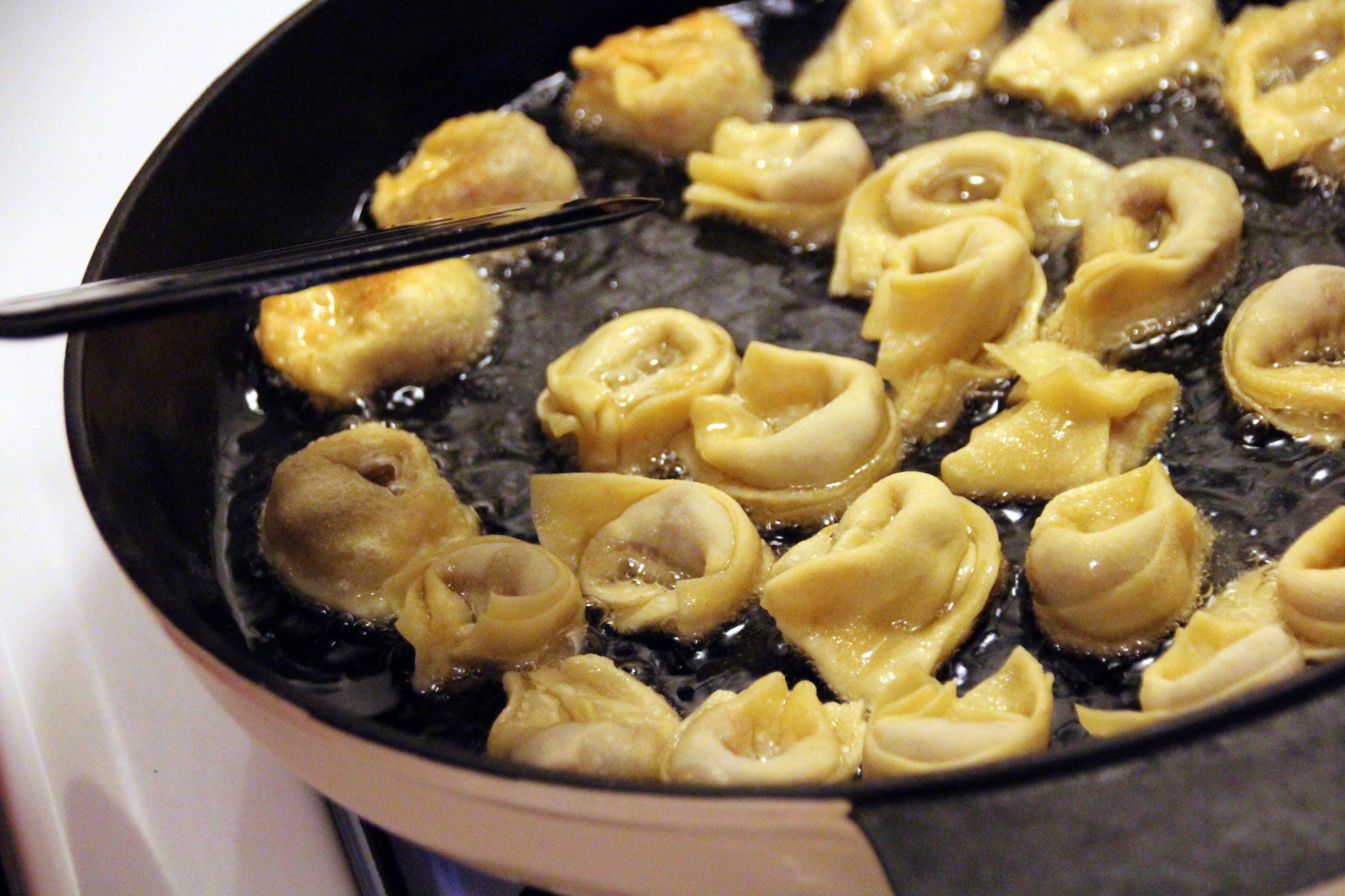
There’s the endless conundrum of independent invention versus diffusion which needs to be taken into account when weighing food origins, and even though language is a good guide, it can often be tricky, with words changing meaning over time. Anderson says that early Chinese mantou were originally stuffed dumplings, but now the word describes soft steamed or fried buns.
Miranda Brown, professor of Chinese studies in the department of Asian languages and cultures at the University of Michigan, says dumplings were being eaten in China by 300AD, but says although “China may be a dumpling lover’s heaven it is not its original homeland”.
Again, language plays a key role. “The ancient Chinese just chose characters that approximated the sound of the foreign word. In ancient China, mantou was pronounced man-teh, just like in Turkish,” Brown says.

She says the Chinese quickly took to the dumpling art and honed the skill of rolling out dough thinly and making it into a variety of shapes. They adapted and adopted the dumpling into their cuisine, and made it such a fixture that its origin became irrelevant.
Whatever the roots of the dumpling may be, its contemporary manifestations are a hybrid of several culinary traditions. It is a transnational delicacy.
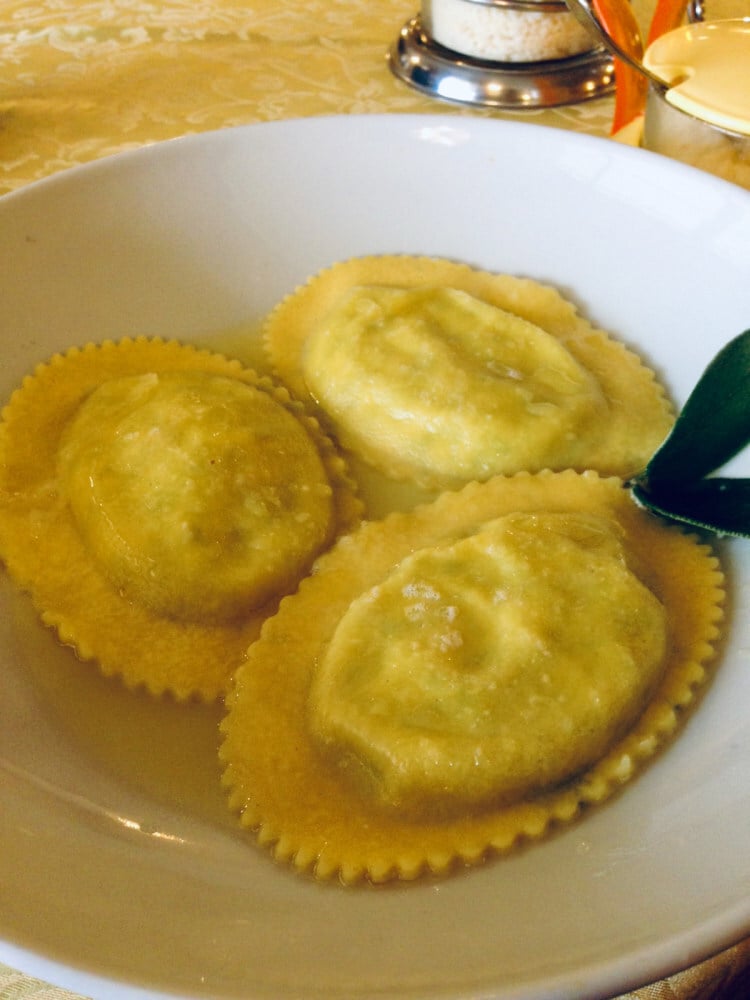
“It’s now everyone’s food. It’s 100 per cent Chinese, Korean, Armenian, as well as Turkish. China is a nexus of influence. But that’s food history; these recipes tend to get around,” says Brown.
And what about European dumplings – oops, stuffed pasta – how did these come about? The Spanish and Portuguese have empanadas and empadas stuffed with various ingredients, the French ravioles du dauphiné filled with creamy cheese, while the Italians created more than a dozen different forms, and their dough is usually made with fresh eggs, instead of water.
Did pasta come from China? Absolutely not, historians say
According to Anderson, the Italians probably got the idea of stuffed dough parcels from the eastern Mediterranean through Arab conquerors and traders bringing along with them stuffed dough from whoever in the Middle East invented it. The same goes for the Spanish and Portuguese.
But there are other theories that point to the possibility that Italians independently invented them. The ancient Romans had stuffed pies, but not miniature stuffed pies, which is precisely what ravioli are. Anna Maria Pellegrino, a member of Italy’s prestigious Cuisine Academy and a top chef, has spent years researching the origins of Italy’s stuffed dough packets.
“The first mentions of tortellini and similar pasta creations is in the Middle Ages at the court of noble families. It was a royal treat, stuffed with exquisite meats, fish and spices,” says Pellegrino. “Monks had always baked large pies dubbed timballo which were easy to transport along their pilgrimages, but tortellini and ravioli were an elaborate food for wealthy families. The art of preparing stuffed knots of pasta was a culinary art befitting royal banquets and celebrations.”
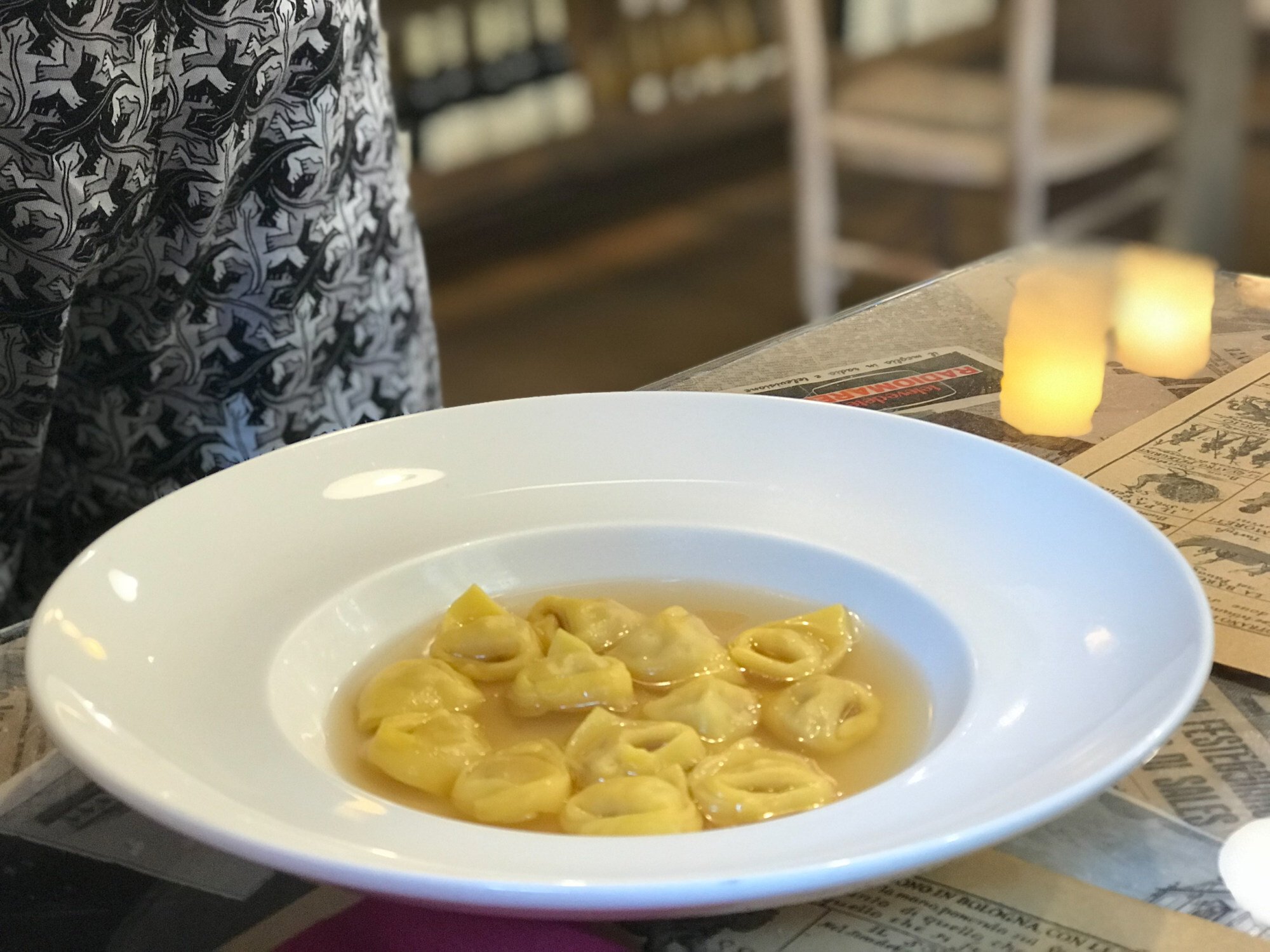
Tortellini flourished during the Renaissance as a sumptuous meal offered at lavish aristocratic parties, and Florentine monarchs probably exported them to France. Centuries later, stuffed pasta spread among poorer families as a way to recycle leftovers by putting them inside little pockets of dough.
Today, tortellini are such an iconic food that the recipe is considered sacred and protected by a brotherhood of chefs and culinary experts who zealously defend it from outrageous twists.

